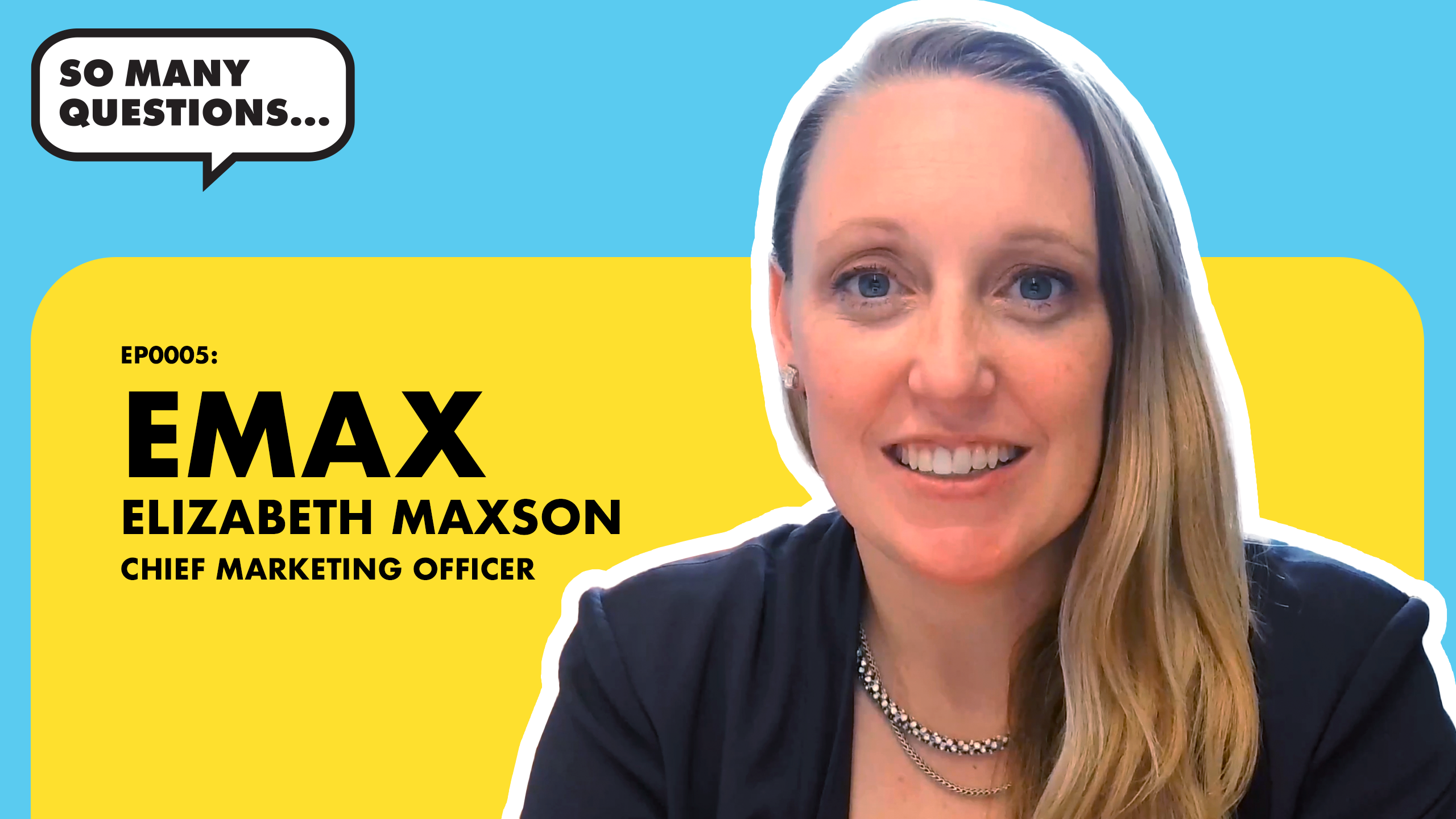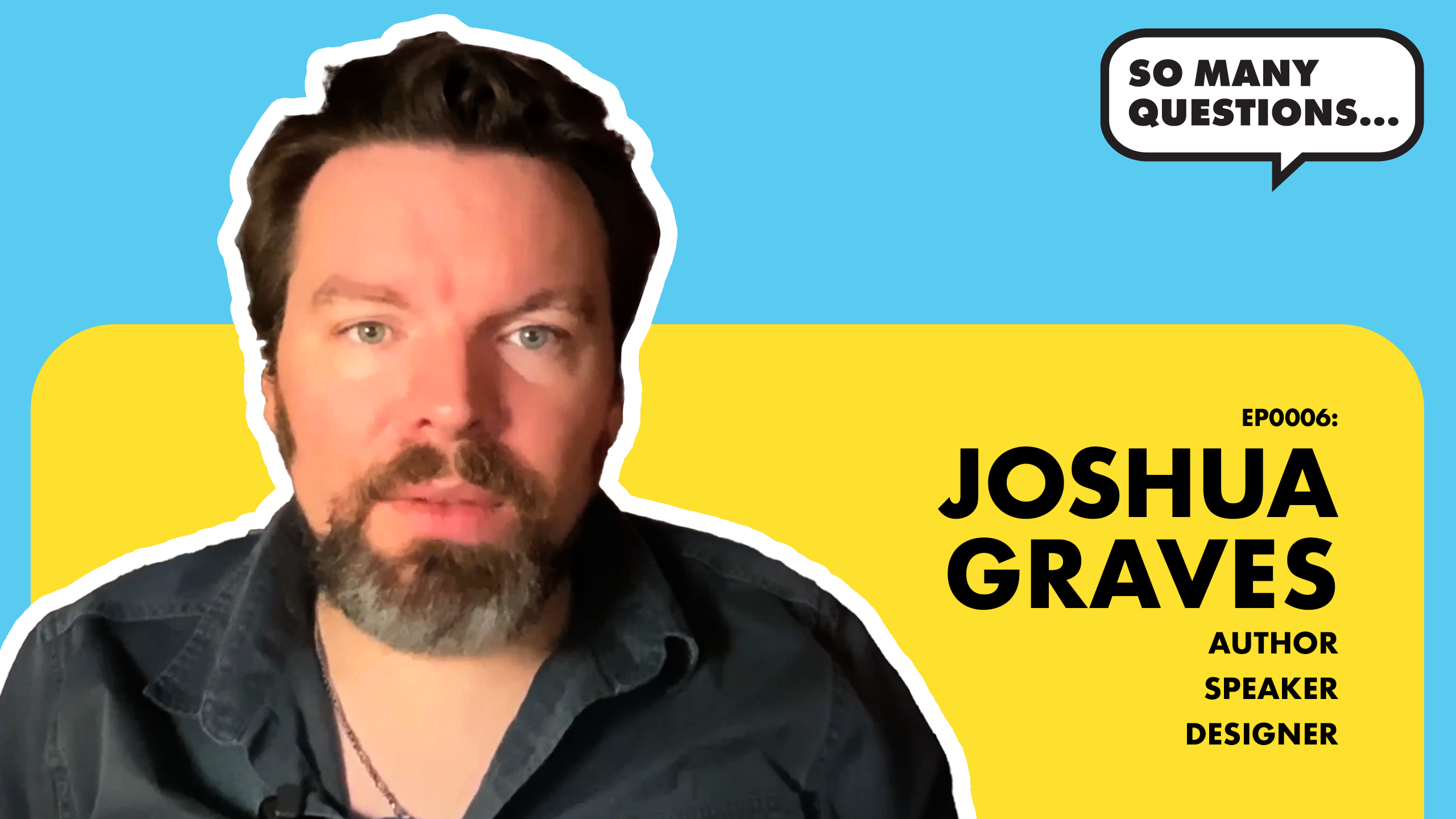Episode 0001: Ethan Marcotte
Aug 14, 2025
available on:
Kendall sits down with Ethan Marcotte, designer, writer, and the person who coined “Responsive Web Design”, to trace the web’s evolution from dial-up BBS culture to today’s mobile world. Ethan shares how rural roots and accessibility shaped his design ethos, and how responsive thinking became a flexible approach rather than a fixed set of rules. They revisit landmark moments like the Boston Globe redesign, dig into craft and semantics, and explore Ethan’s latest work on labor in tech from You Deserve a Tech Union, define the value of their work, and build safer, more sustainable networks. Along the way, Ethan talks creativity rituals, unlearning perfection, and the power of community.

